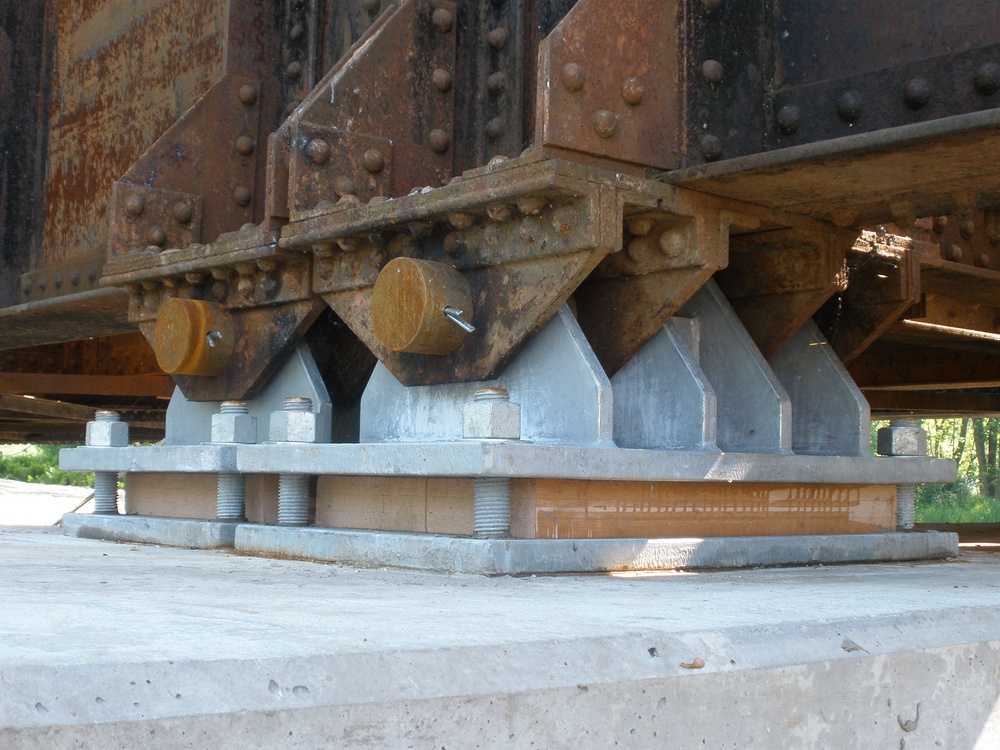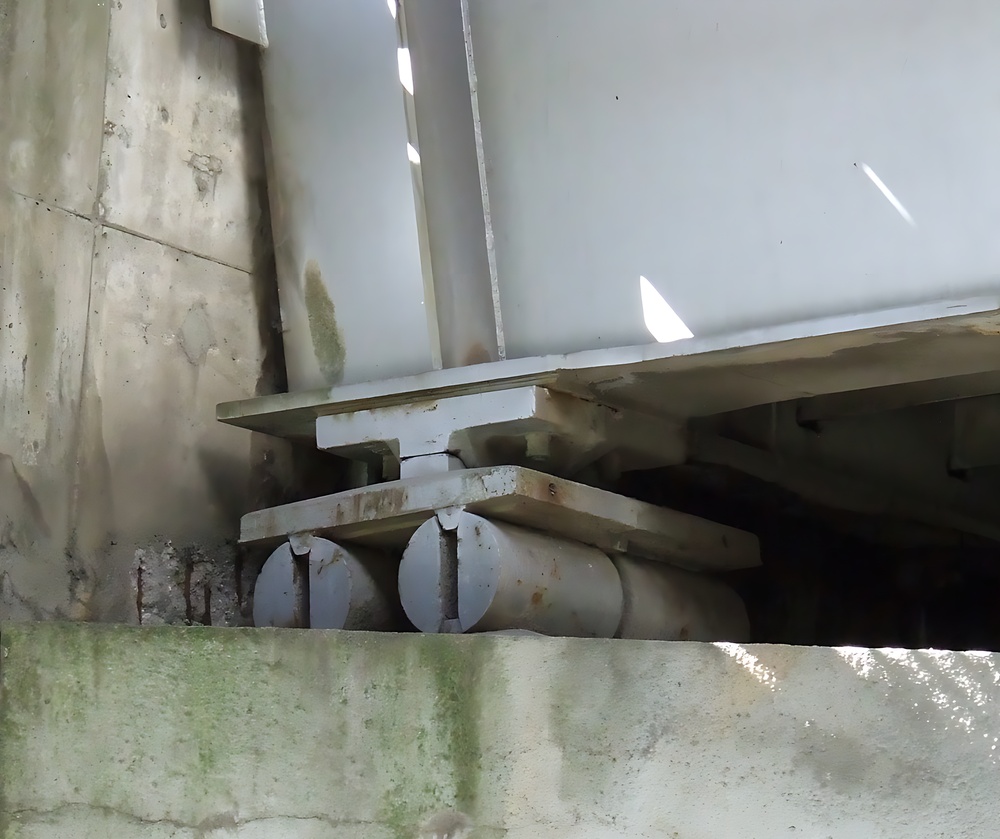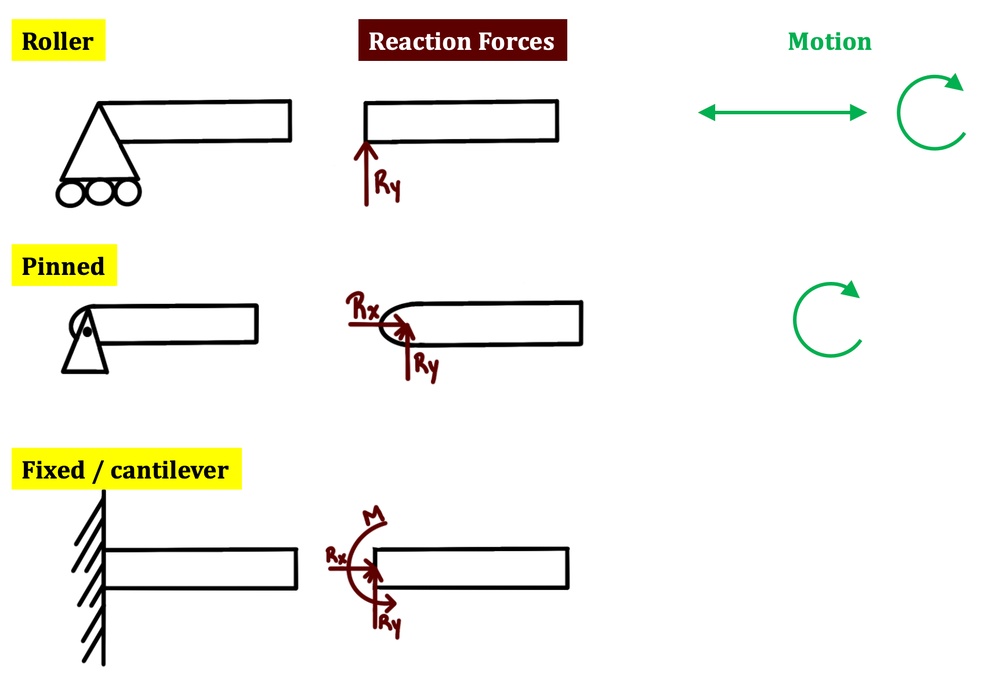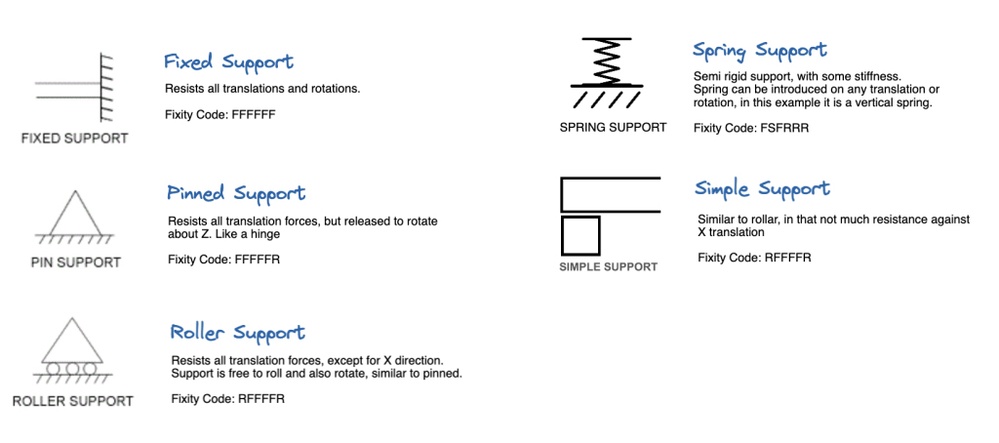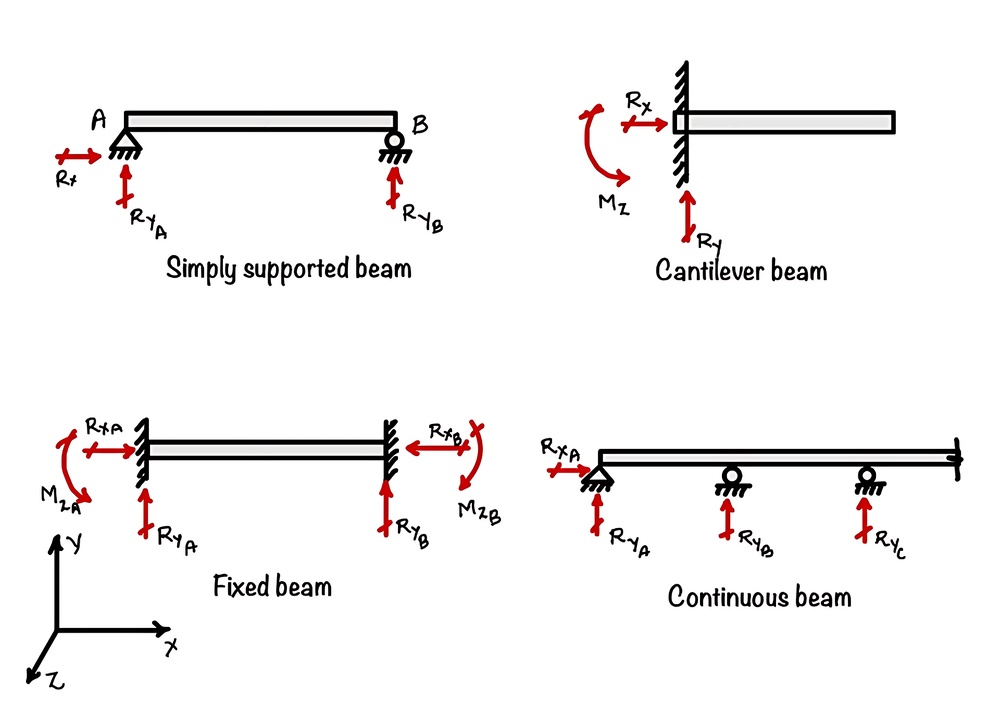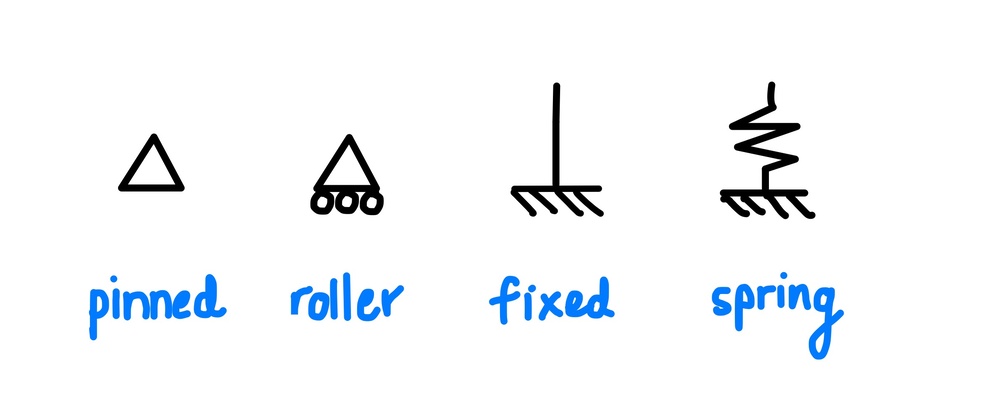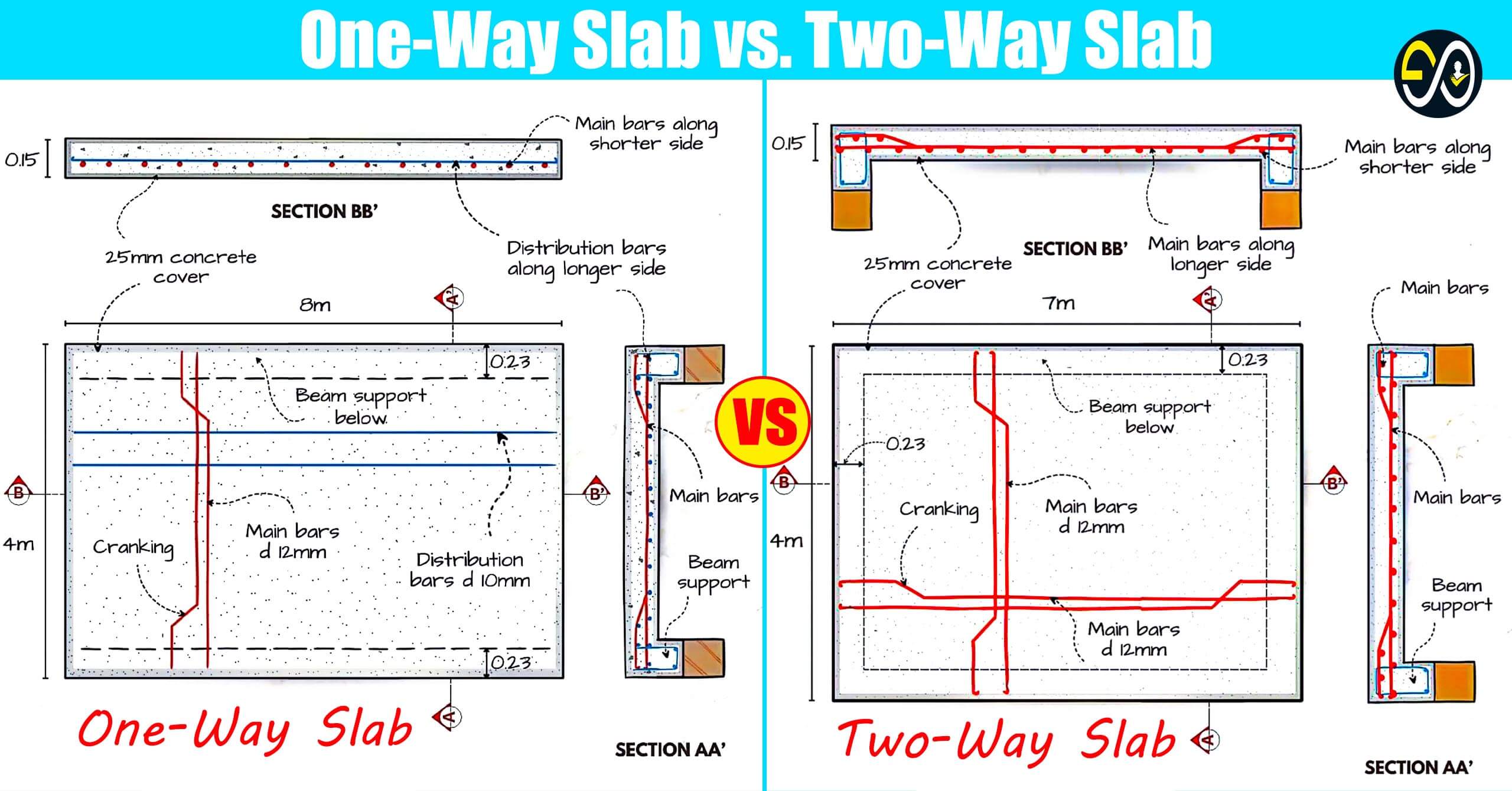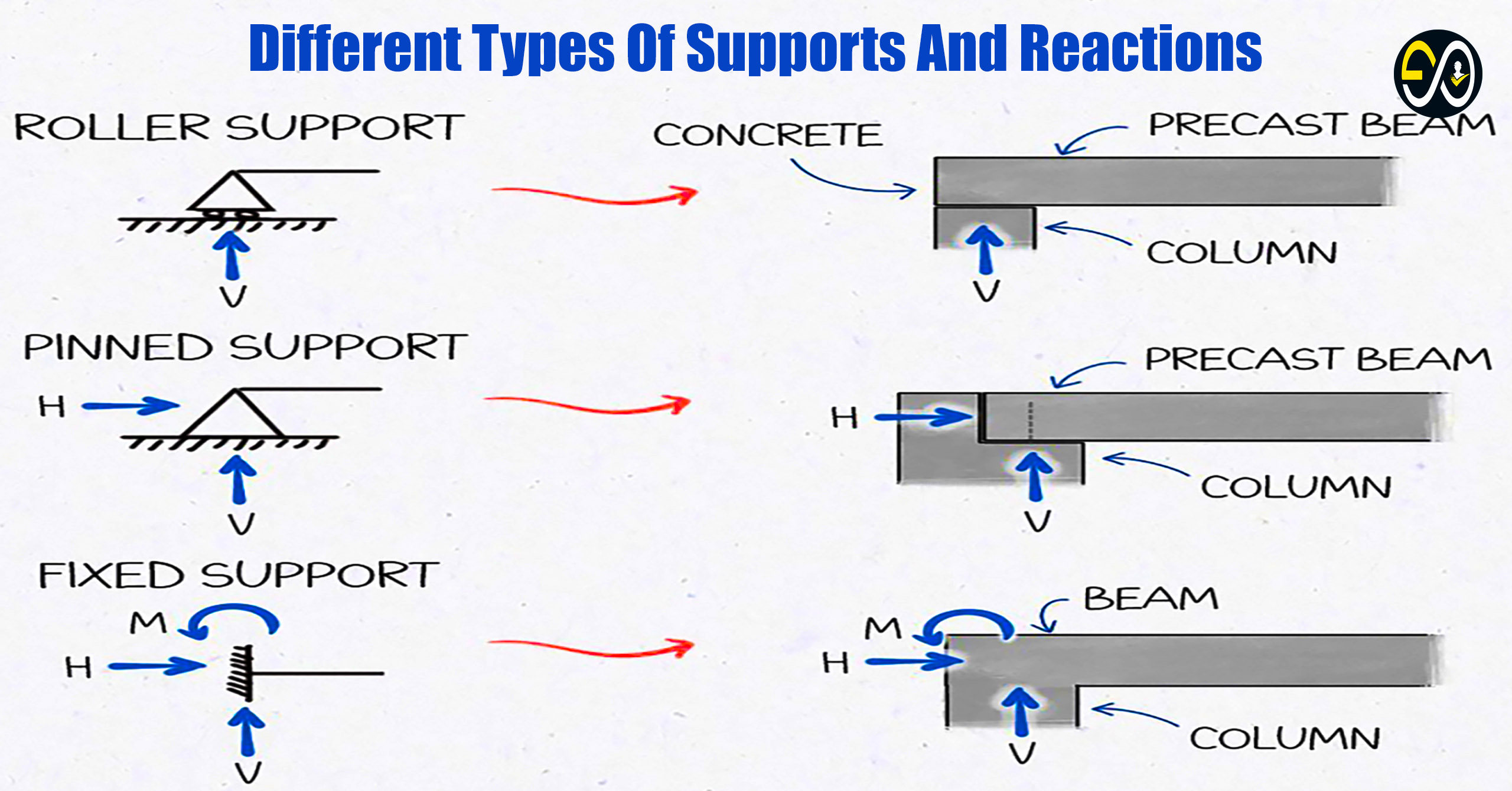
Introduction
Structural engineering is a fascinating field that revolves around ensuring that buildings, bridges, and other structures remain stable and secure. One of the key components that make this possible is the use of structural supports. These supports are crucial in distributing loads and maintaining the integrity of the structure. In this article, we’ll dive deep into three common types of support: Roller Support, Pinned Support, and Fixed Support.
Table of Contents
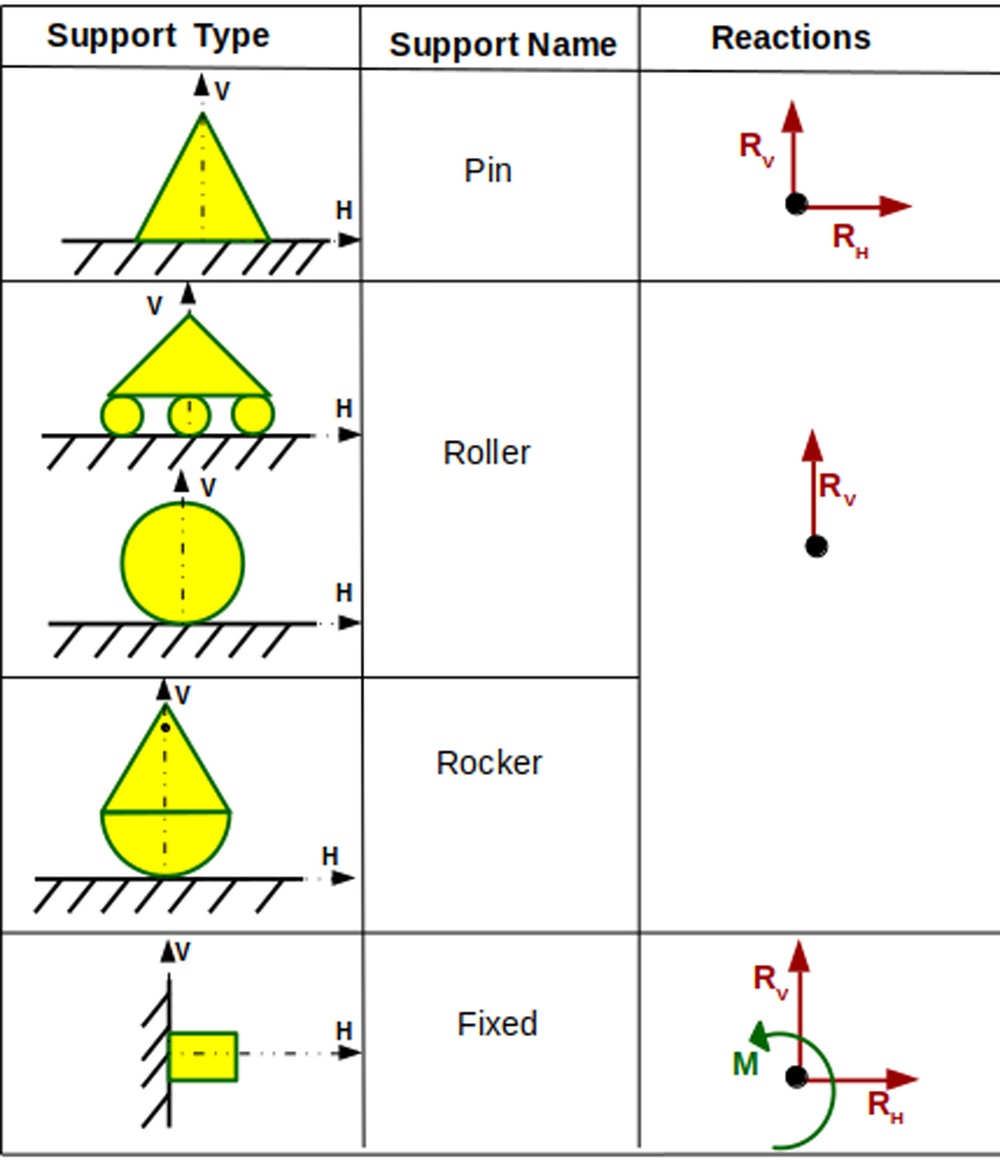
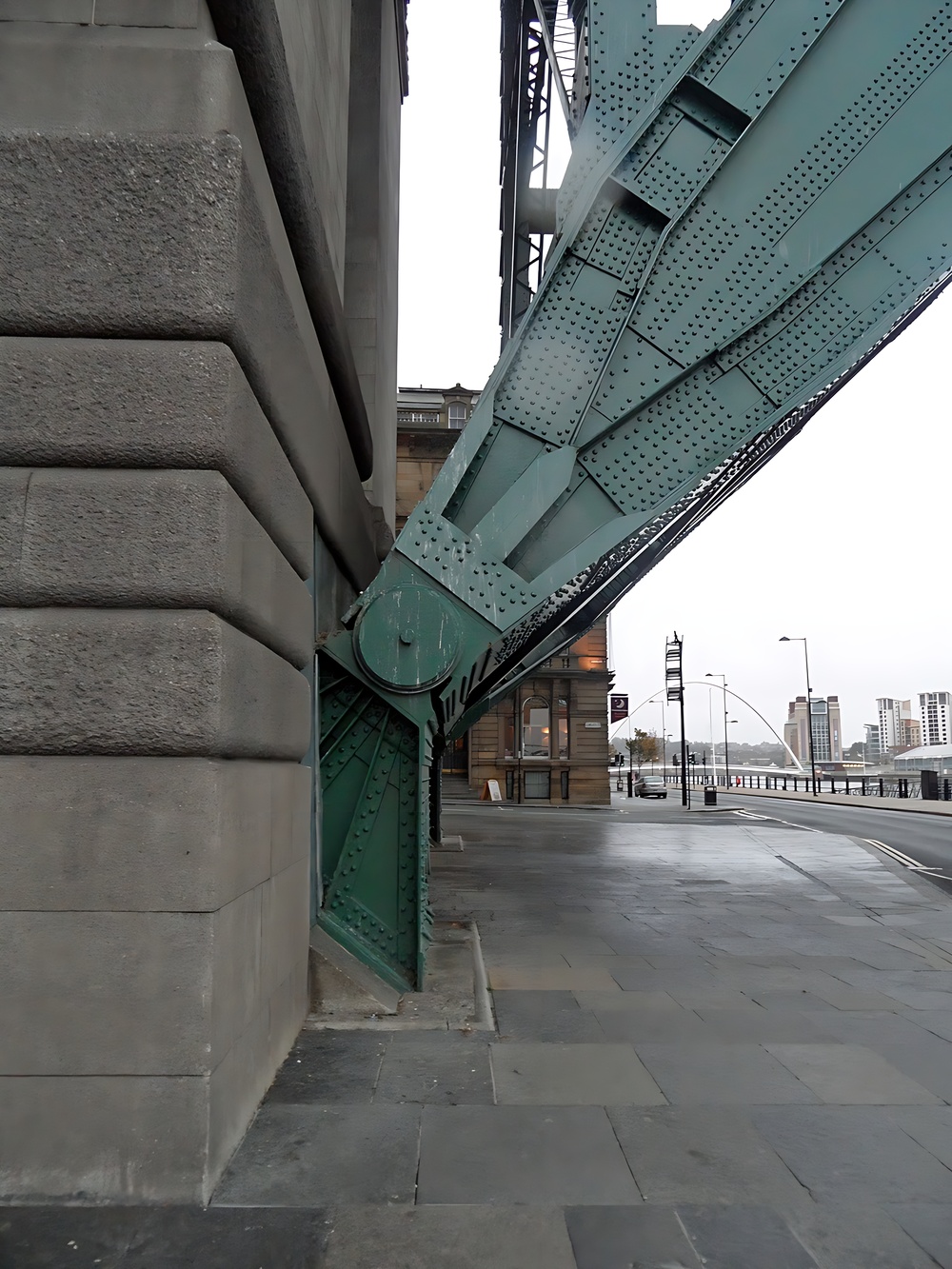
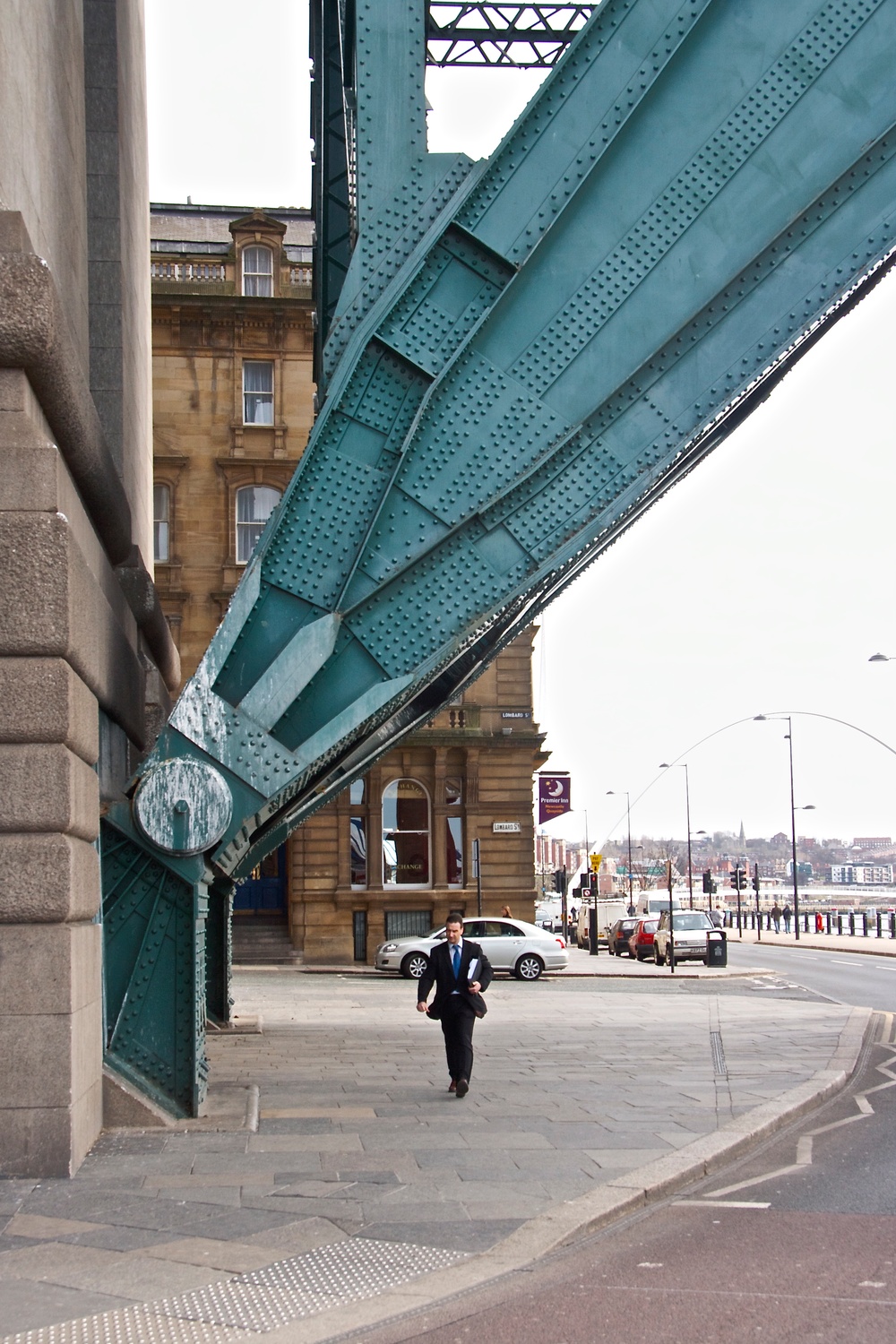
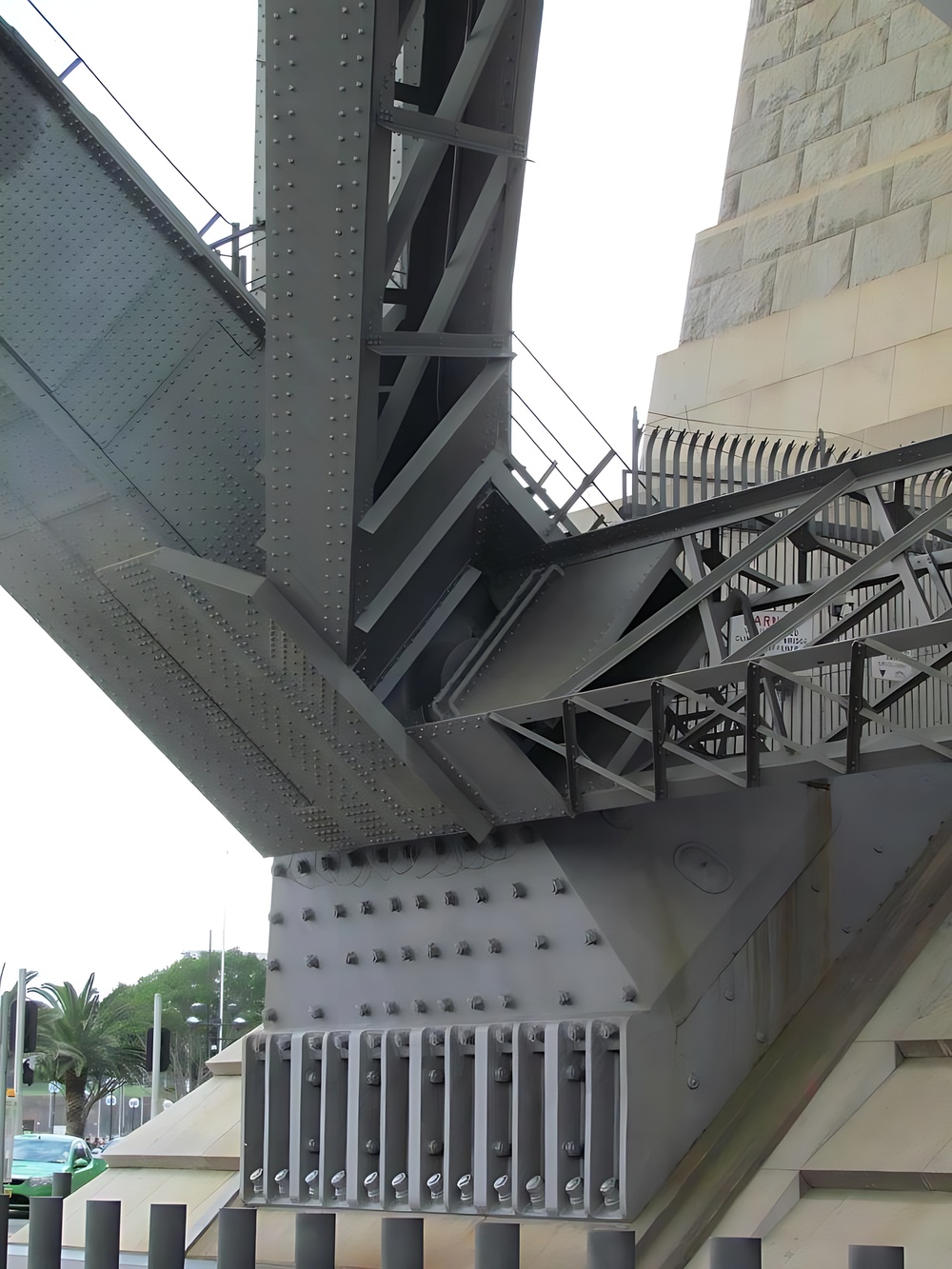
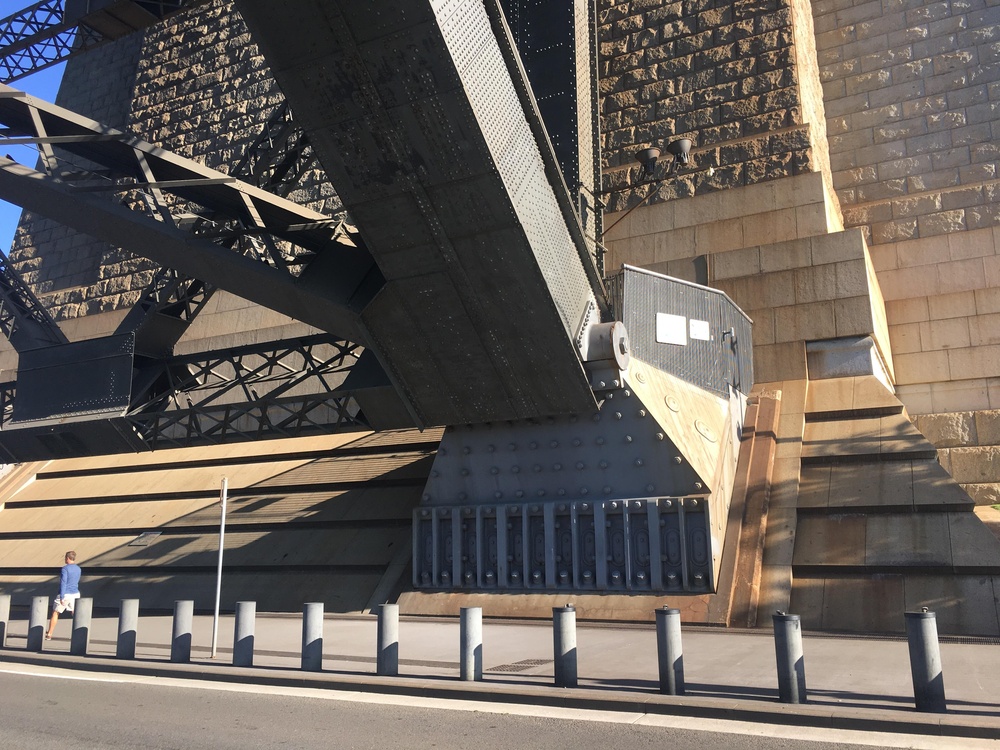
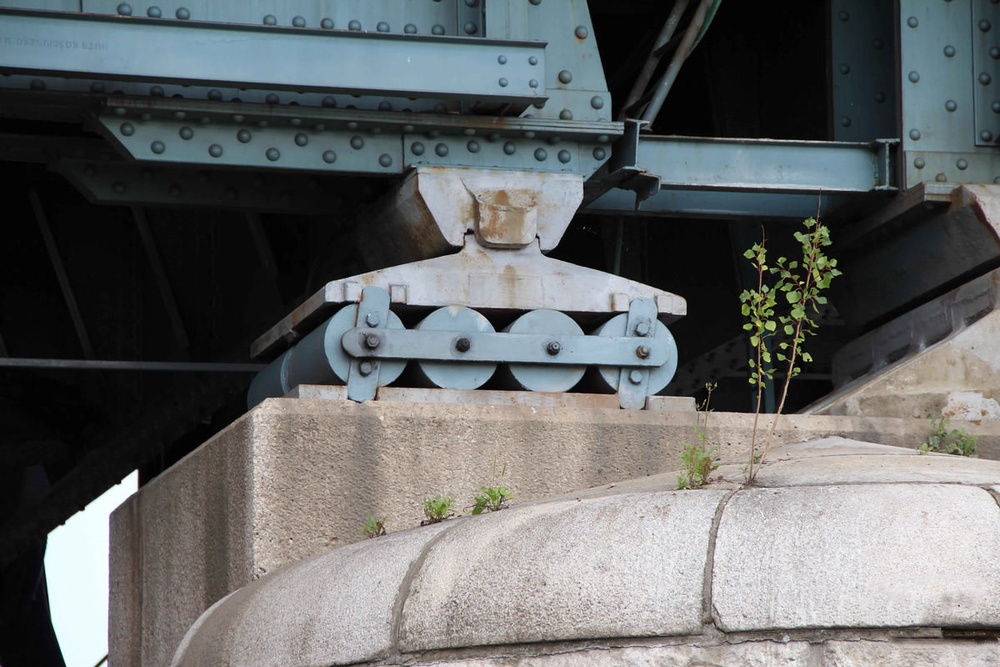
1. Roller Support
The roller support is represented by a small triangle with wheels at the bottom. Roller supports produce a vertical reaction force to counter any applied load, These supports also enable rotation around the support point. At the roller support, the moment is equal to zero. Roller supports are commonly utilized in structures such as bridges, large beams, precast concrete structures where the beam is supported on the column, and certain types of machinery. They play a crucial role in locations where expansion and contraction are anticipated due to environmental factors such as temperature.
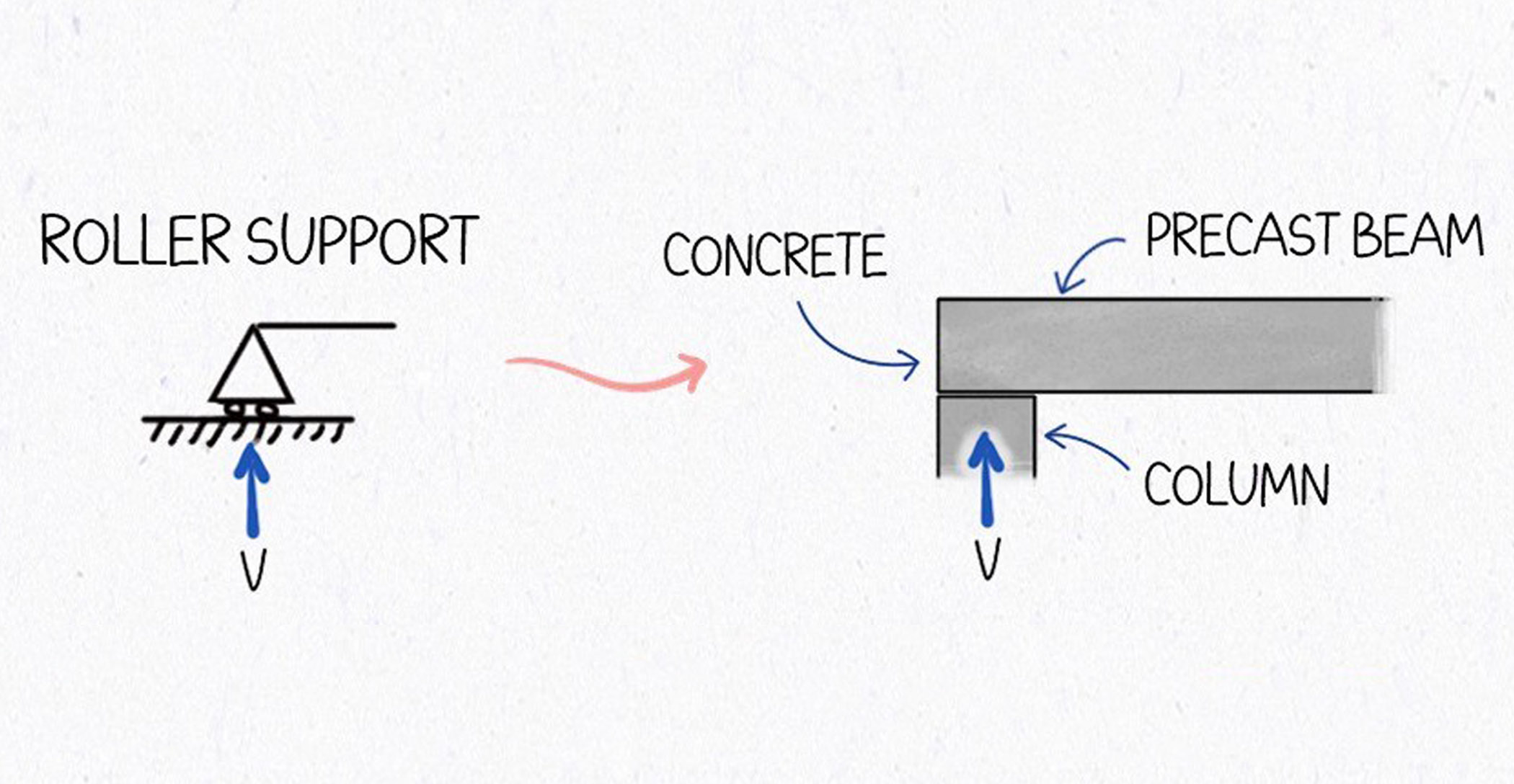
Advantages and Disadvantages of Roller Support
Pros of Using Roller Support
- Flexibility: Roller supports provide flexibility in structural design, allowing movement where needed.
- Reduces stress: By allowing lateral movement, roller supports can reduce stress on other parts of the structure.
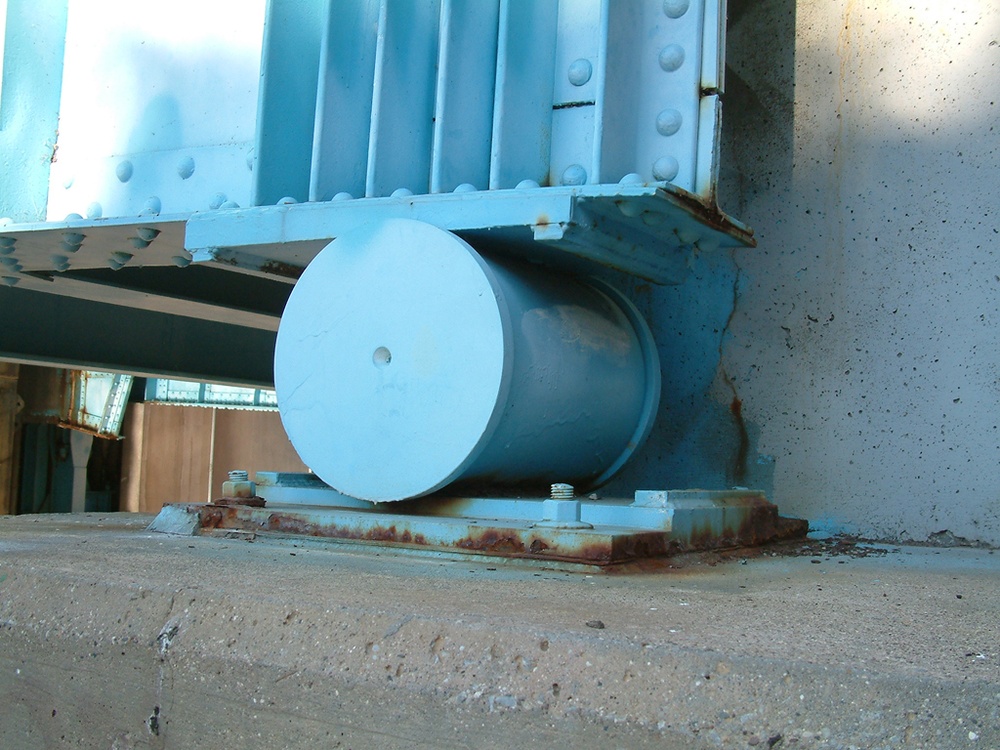
Cons of Using Roller Support
- Limited application: Roller supports are not suitable for structures that require high stability.
- Vulnerability to lateral forces: They can be less effective in resisting lateral forces, which might lead to instability.
2. Pin Support (Hinged Support)
What about the small triangular support underneath that doesn’t have wheels? This particular support is fixed at the bottom and includes a hinge for connecting members to it. This type of support permits only rotation and restricts horizontal and vertical movements. As a result, it generates two reactions to the applied force: one in the horizontal direction and the other in the vertical direction. This implies that the moment at the pin support is zero. However, it’s important to note that this scenario applies only when the hinge is utilized, not when there is a continuous beam. Pinned supports are commonly found in bridges, buildings, and even in certain machinery. They play a crucial role in trusses and frames that need to endure rotational forces without changing position (Picture a door hinge—it keeps the door in place but allows it to swing open and close.)
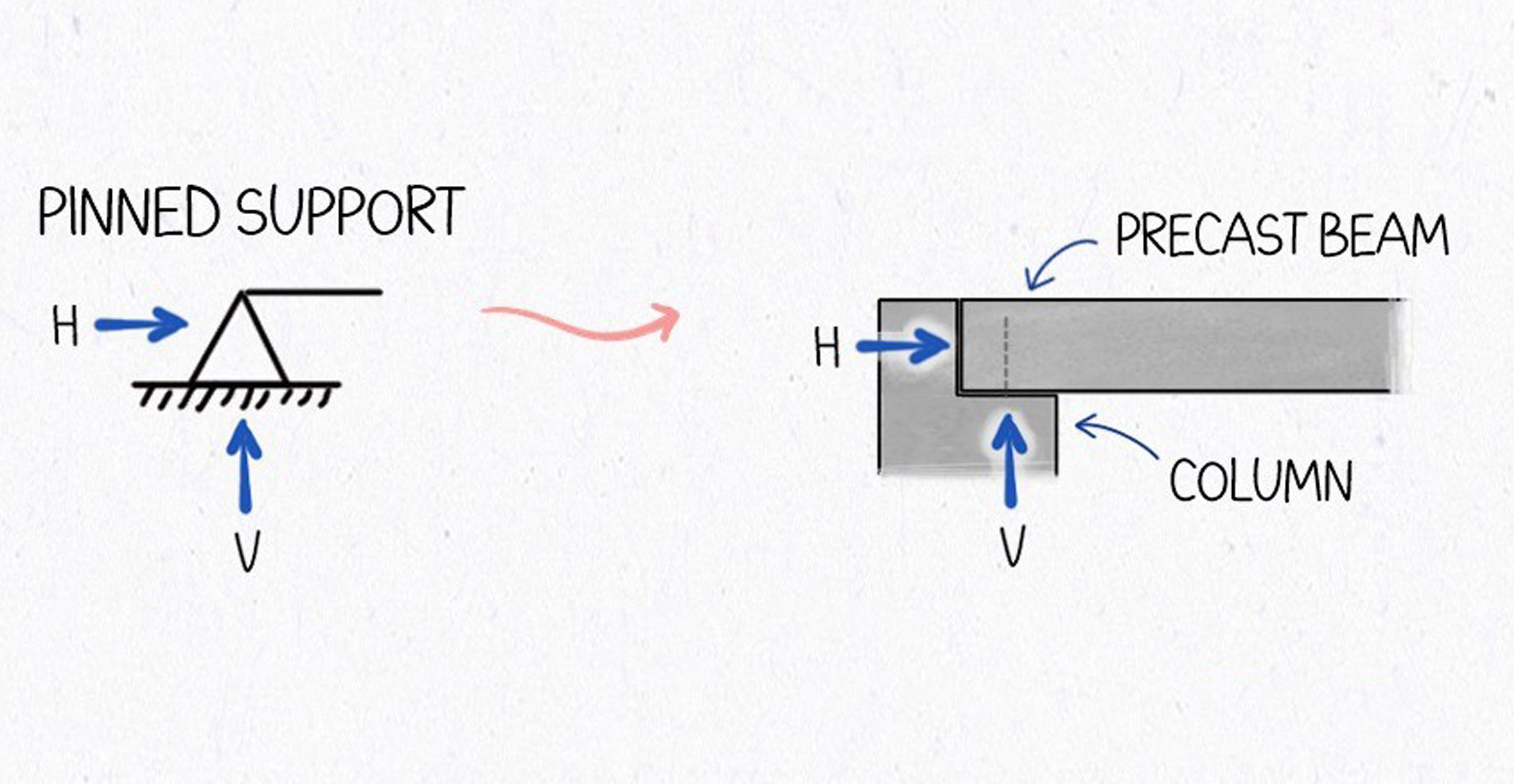
Advantages and Disadvantages of Pinned Support
Pros of Using Pinned Support
- Stable: Pinned supports provide stability by restricting horizontal and vertical movements.
- Versatile: They can be used in a wide range of structures due to their ability to handle rotational forces.
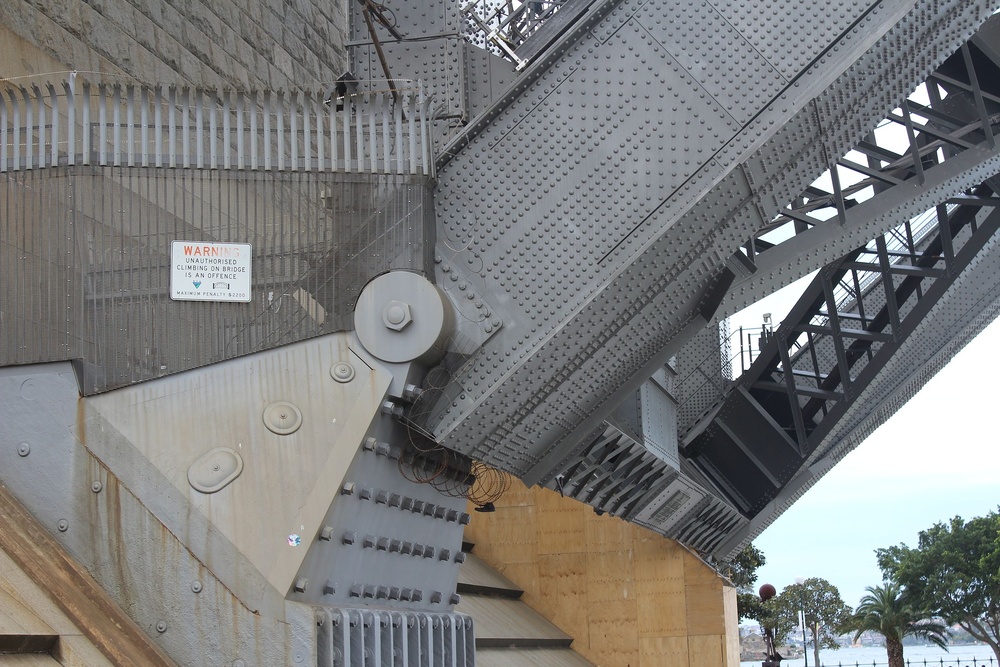
Cons of Using Pinned Support
- Limited flexibility: While they allow rotation, they do not accommodate translational movements, which can be a drawback in certain applications.
- Complex design requirements: Incorporating pinned supports into a structure can sometimes require more complex design considerations.
3. Fixed Support (Rigid Support)
Fixed support, restricts all movements. These supports generate reactions in horizontal, and vertical, and also produce a moment. Fixed supports are crucial in scenarios where stability is paramount. They provide the highest level of support by completely restricting any motion, making them ideal for structures that must remain immobile, like retaining walls or certain types of beams, and many other heavy-duty structures where movement is not an option.
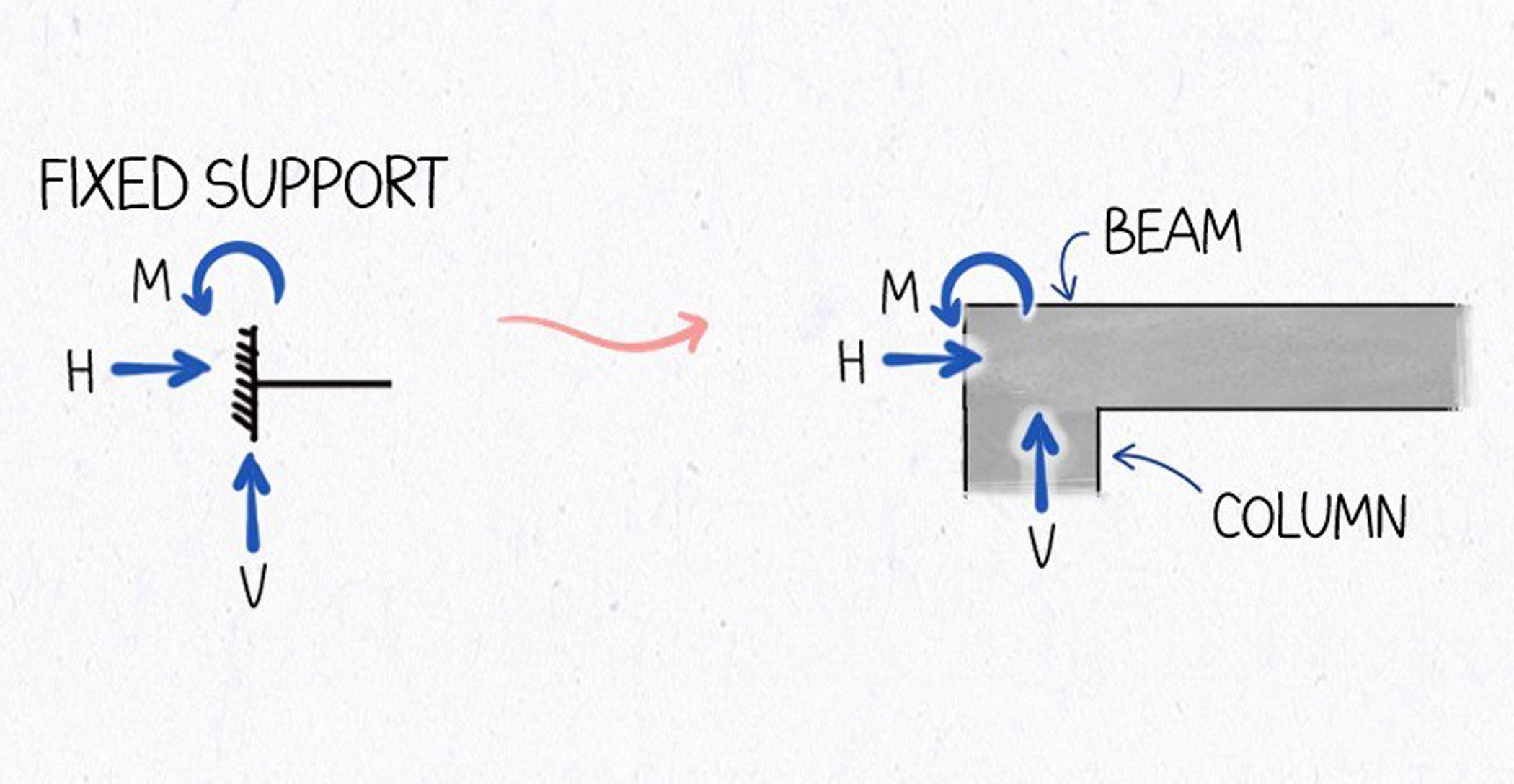
Advantages and Disadvantages of Fixed Support
Pros of Using Fixed Support
- Maximum stability: Fixed supports offer the highest level of stability by preventing all forms of movement.
- Strong load-bearing capacity: They are designed to handle substantial loads and forces.
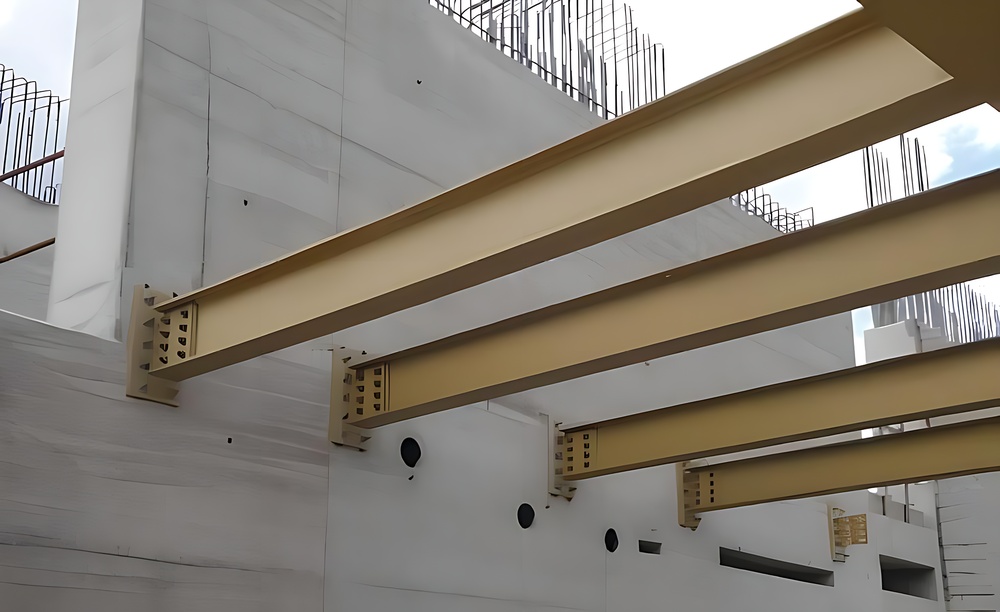
Cons of Using Fixed Support
- Lack of flexibility: The rigidity of fixed supports means they do not accommodate any movement, which can lead to stress buildup.
- Complex installation: Installing fixed supports can be more complex and costly due to the need for precise alignment and support.
Comparison Between Roller, Pinned, and Fixed Supports
Flexibility in Roller vs. Pinned vs. Fixed Supports
Roller supports offer the most flexibility, allowing lateral movement, while pinned supports restrict movement but allow rotation. Fixed supports, on the other hand, offer no flexibility, providing complete rigidity.
Load Distribution Differences
Each support type distributes loads differently. Roller supports handle vertical loads, pinned supports manage both vertical and horizontal loads, and fixed supports deal with all loads, including moments.
Application Scenarios for Each Support Type
Roller supports are ideal for bridges, pinned supports work well in trusses, and fixed supports are best for rigid structures like retaining walls.
